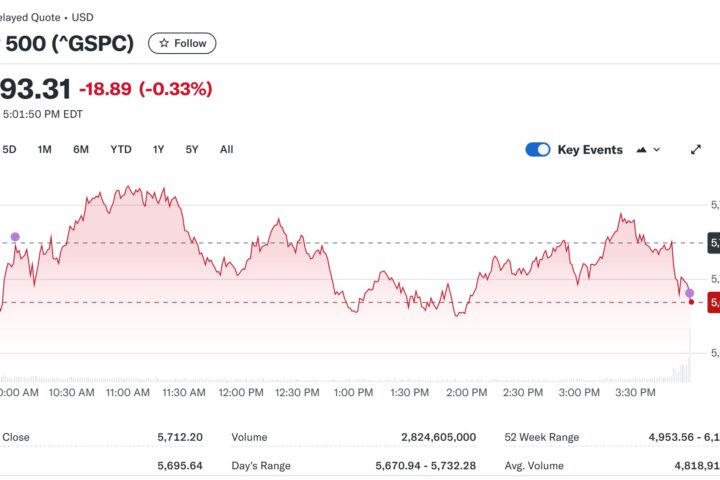New Research from University of Illinois Chicago Suggests a Shift in Focus Towards Healthy Aging
The dramatic increases in life expectancy seen in the 19th and 20th centuries have slowed significantly since 1990, leading researchers to suggest that humans may be approaching a biological limit to lifespan.
Key Findings:
- Life expectancy growth has slowed, with average gains of only 6.5 years in longest-living populations since 1990.
- Medical advances now yield smaller increases in longevity.
- Shifting focus from extending life to improving healthy years (healthspan) is recommended.
The Study:
- Analyzed data from 8 longest-living countries, Hong Kong, and the US.
- Compared life expectancy growth rates before and after 1990.
- Found evidence supporting a slowdown in life expectancy gains.
Expert Insights:
- “We’ve now proven that modern medicine is yielding incrementally smaller improvements in longevity,” says S. Jay Olshansky.
- “Instead of focusing on radical life extension, we should prioritize slowing aging and extending healthspan.”
Implications:
- Challenges assumptions that most people will live to 100.
- Advises against planning based on overly optimistic life expectancy projections.
- Highlights the need for aging science advancements to improve healthspan.
Reference:
“Implausibility of Radical Life Extension in Humans in the 21st Century” (Nature Aging, 2024)
Share Your Thoughts:
How do you think society should adapt to the slowing growth of life expectancy? Should we prioritize healthy aging or continue pursuing radical life extension?

















